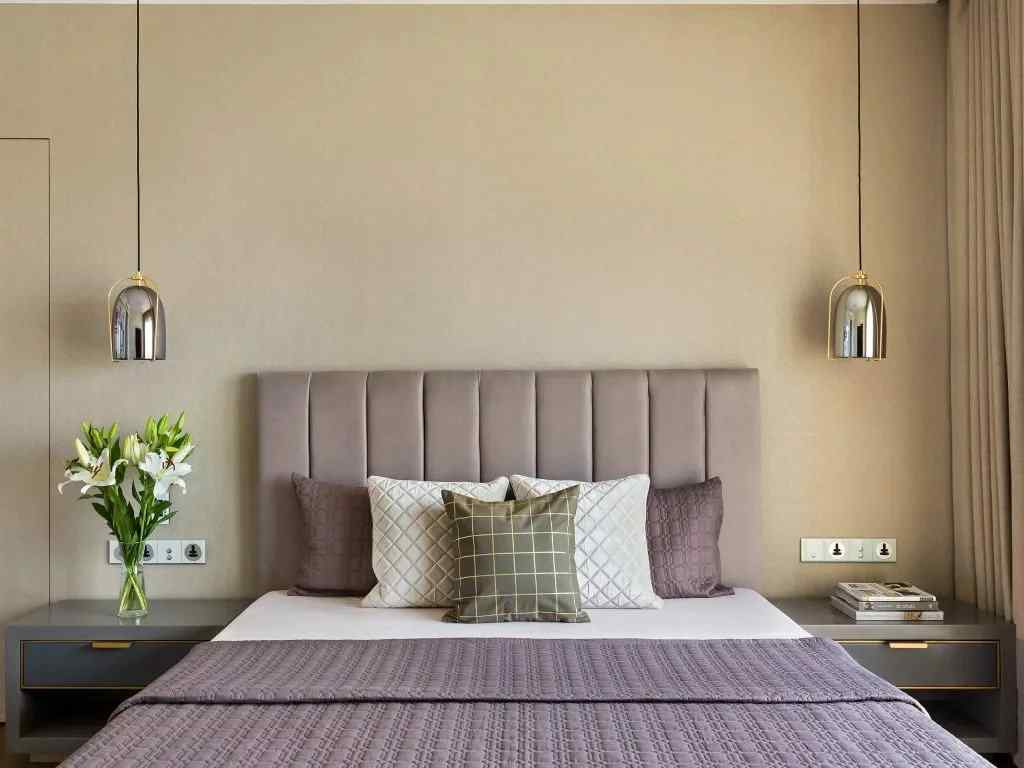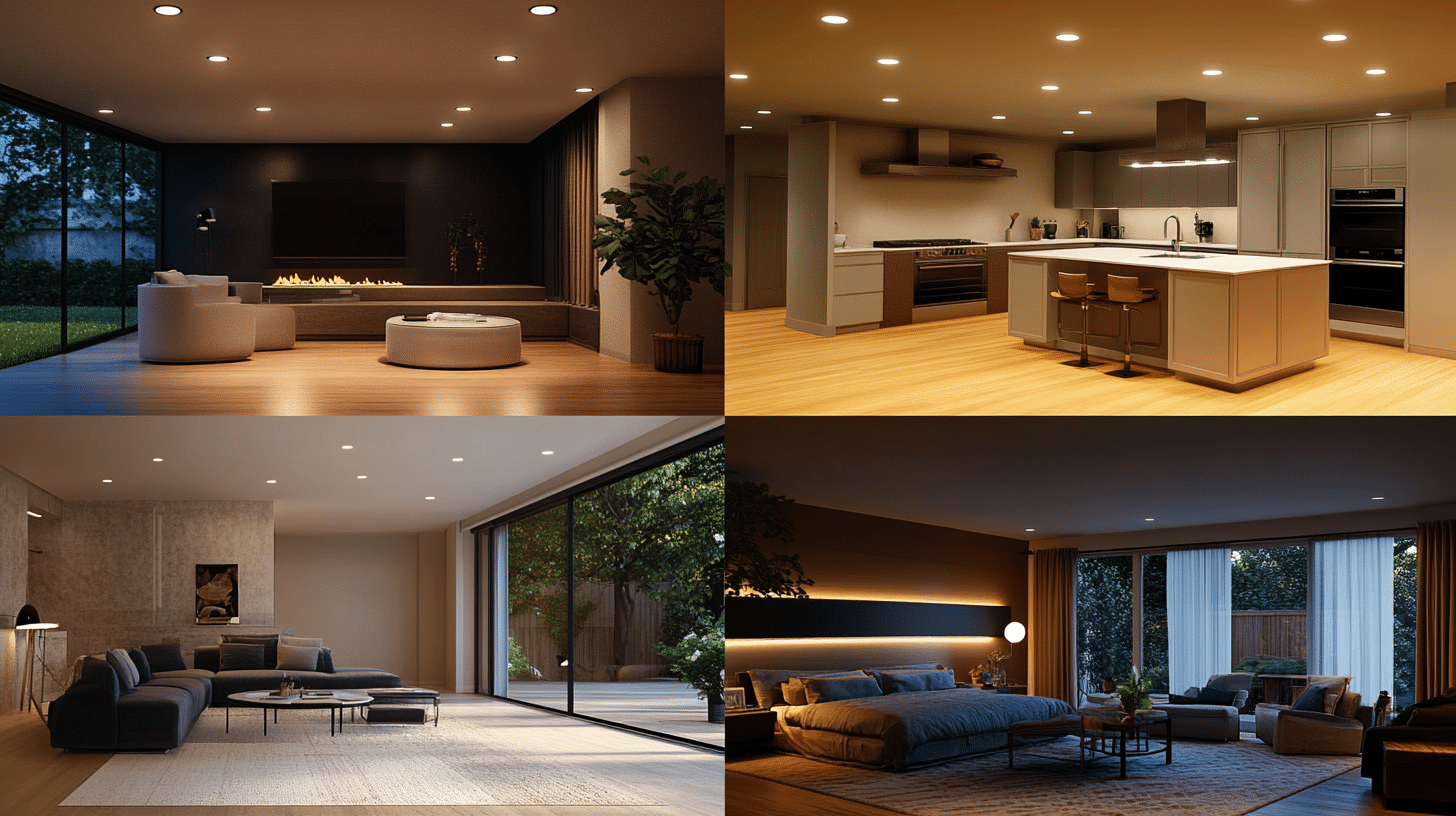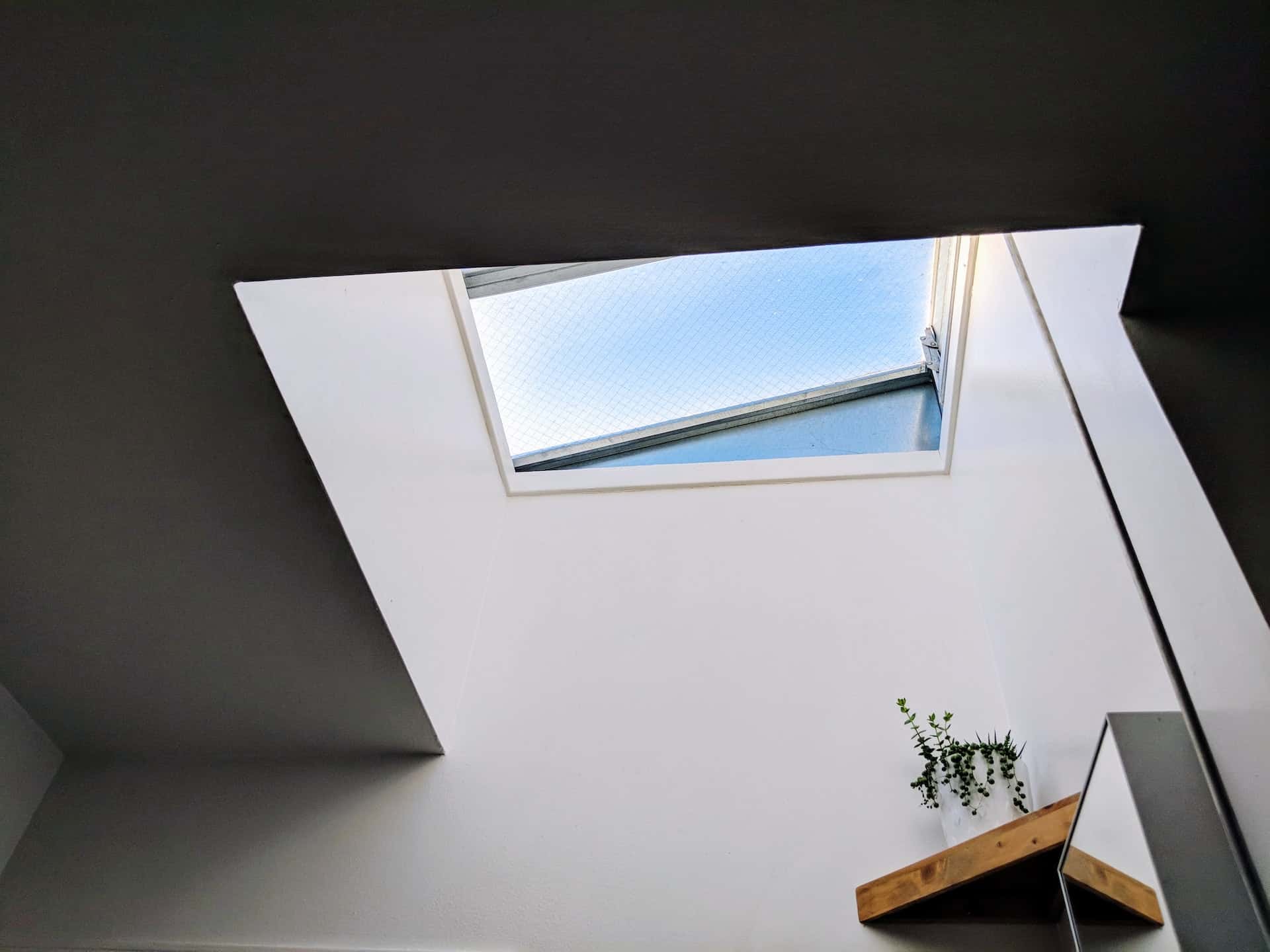What are Best Сalming Сolors for Bedroom?
Using the right shades and tones in the bedroom has remarkable effects on our mood, energy, and even sleep quality. Studies reveal certain colors can lower heart rate and calm the nervous system up to 61% more effectively than others.
It’s time for you to wake up feeling fresh as a daisy rather than dreadfully drained. So which magical colors should you consider to transform your bedroom into a peaceful oasis guaranteed to bring on your best bedtime pleasure? Let’s count down relaxing bedroom colors and accent shades
5 Best Calming Colors for Bedroom
Choosing the bedroom’s color is a make-or-break factor, especially for German brides and other European women. The best calming colors to use in the bedroom are generally considered to be those that evoke a sense of relaxation.
In terms of accents, it’s better to stick to neutral and earthy tones over bright shades. Textures like woven wood, rattan, linen, velvet, or knits will enhance the soothing atmosphere. Let’s explore the perfect sleep-promoting color palette.
Light blue
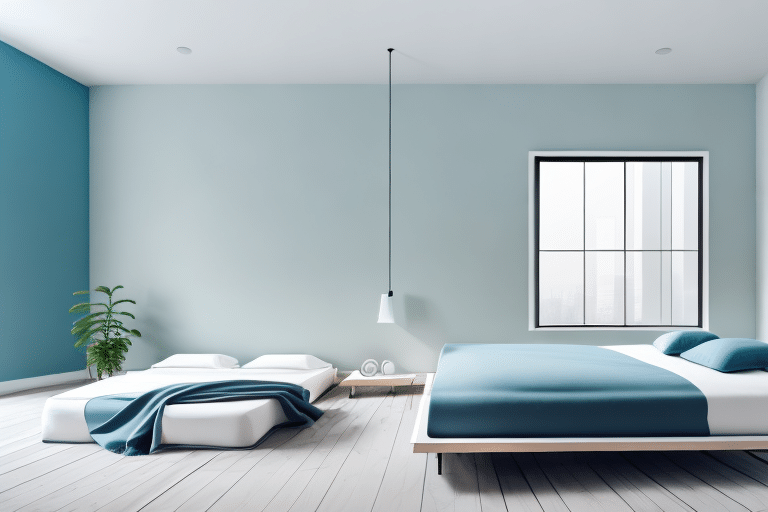
Light blue is one of the warm relaxing bedroom colors that possess characteristics that bring a sense of calm and gentle retreat because of its association with open, clear skies and water shades. Its peaceful presence makes it ideal for rest.
Studies show light blue causes the body to produce calming chemicals and lowers pulse rate and blood pressure more effectively than other cooler colors. Pale blue provides a soft and soothing look that is ideal for bedrooms due to its low-contrast appearance. Give preference to sky blue, powder blue, or pale Robin’s egg blue to facilitate a peaceful atmosphere in your sleeping place.
Lavender
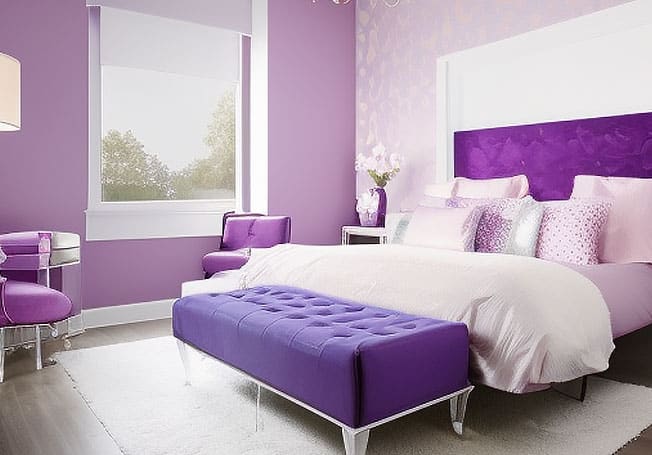
A lot of German girls prefer lavender because of its comforting and calming color. Soft pastel lavender is very pale, and its powderiness has a gentle elegance. Such a shade is nearly white with the slightest hint of purple, which gives it a special hue.
Light lilac lavender is brighter than pastel, has more purple pigment, and always looks fresh. You can also try a pale lavender-toned gray. It’s misty and calming, and it merges nicely with other neutrals.
Seafoam Green
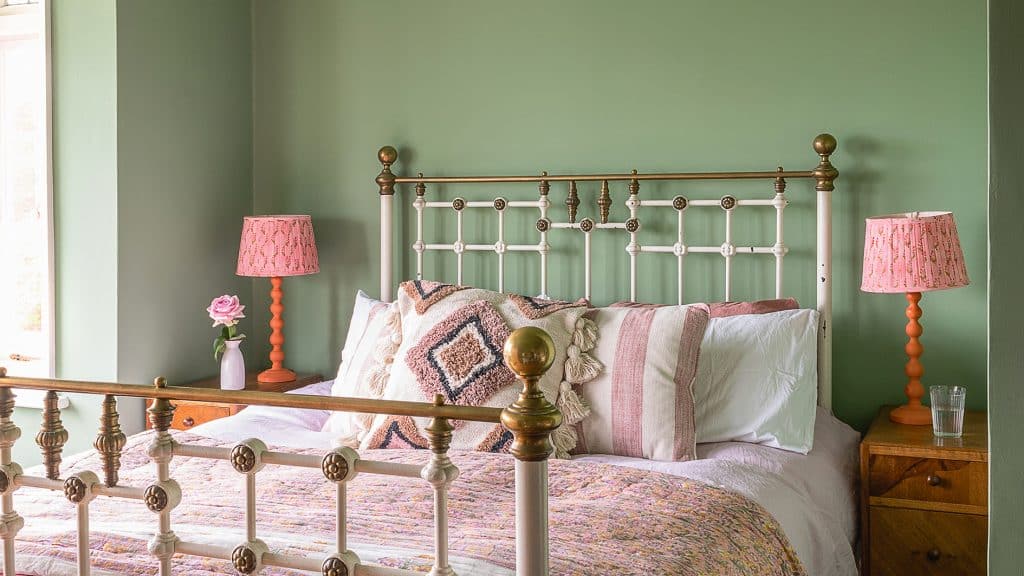
Seafoam mimics the colors of the ocean, making you feel as if you are at the peaceful seaside. With cool blue undertones, seafoam clears anxious thoughts and allows the mind to rest.
Seafoam green enhances the calming tints of blue and gray and gives them a neutral accent. Unlike bright greens that give an energizing feeling, seafoam brings the perfect balance of chic and peace.
Soft Gray
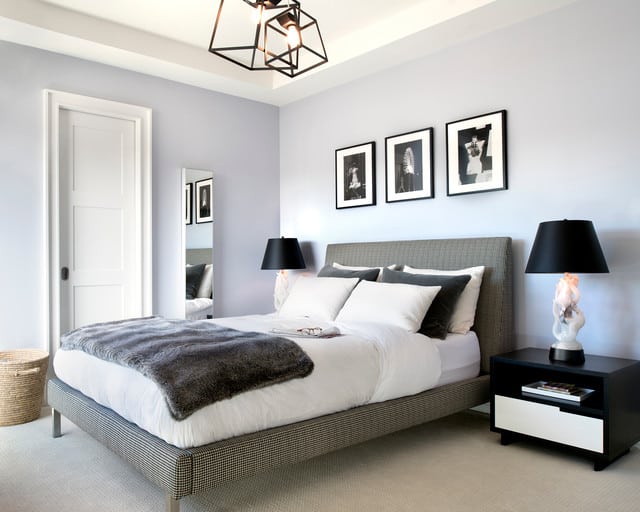
Gray is the middle ground color, which is often chosen by mature German single woman. Pale grays have little contrast or color variation that might visually distract or overstimulate us before bedtime. Grays remind us of drifting rain clouds and hazy fog. Go for lighter shades rather than dark charcoal grays. A mix of gray and beige, greige offers more warmth than pure gray.
Dove gray is one of the soft shades that has a purple tinge to it. This color has tranquil attributes that result in a relaxing aura in the bedroom. A light gray with shimmery undertones creates eye-pleasing depth and a pacifying effect.
White
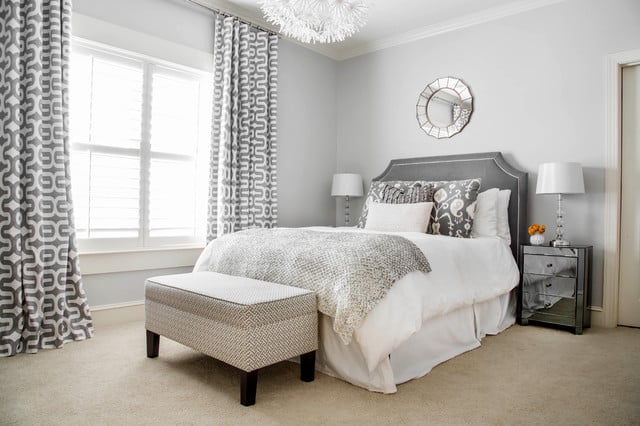
The clean white might be the ultimate choice for restful vibes and rest. A creamy white has lovely warm undertones, giving it a cozier feel than a stark pure white. Ivory is another warmer white with yellow undertones.
It has a nice vintage quality that feels timeless. For a bedroom with the feminine vibe of a German bride, consider a very pale pink-white hue. With just a bit of blush, it gives a romantic glow. Softer whites are ideal for a cozy bedroom. Accentuate this color with textures like linen, velvet, or sheer drapes in tonal white layers.
Bedroom Colors You Should Avoid
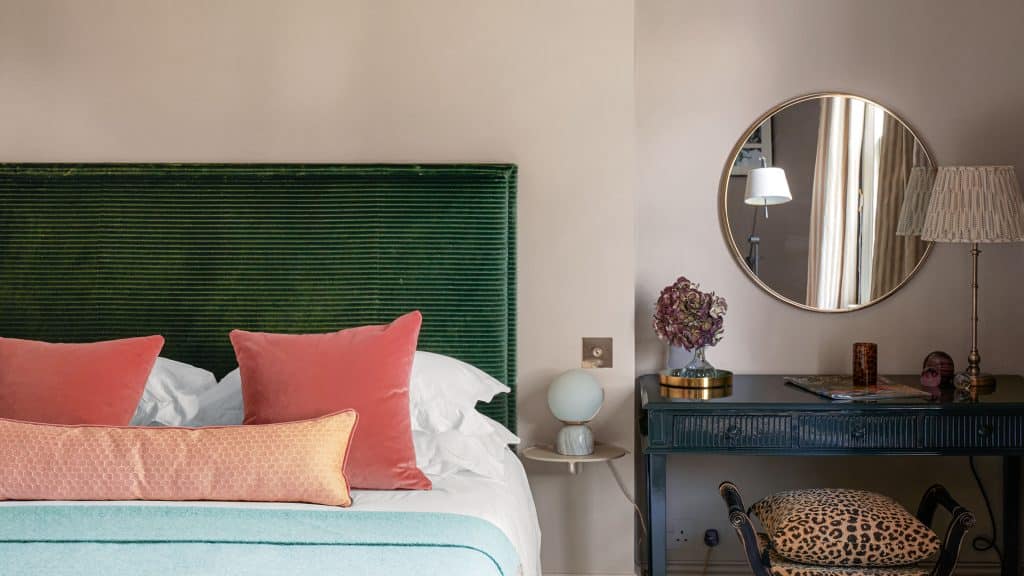
If you want to create a restful bedroom environment, the key is to avoid colors that are too intense, bright, or extreme. Here are some colors and shades that are generally not recommended:
- Vibrant reds. While they may look exciting or romantic at first to German ladies for marriage, bold reds can feel too energetic rather than promote good sleep.
- Neon hues. Bright neon shades like lime green or electric orange tend to stimulate visual senses more than calm down before going to bed.
- Stark whites. Flat whites can give a sterile feel as if you’re in a hospital or other public place.
- Black. Black bedrooms create cave-like spaces. The darkness is heavy rather than restful.
- Brown. Rich chocolate browns can feel too gloomy and serious. Exceptions are lighter nutmeg, tan, or beige browns.
- Grayish purple. Unlike light, airy lavender, darker, muddy purples with gray undertones feel weighed down.
- Bright yellow. Very bright, brilliant yellows, like sunshiny lemon or taxi cab, offer an awakening, energizing effect that isn’t appropriate for a sleep setting.
Summing Up
Creating the bedroom of your dreams should be a top priority for people seeking a quiet place to recharge. The choice of calming bedroom colors for adults has a profound impact on cultivating the ideal relaxing ambiance.
The most calming shades for bedrooms tend to be lighter, softer, and cooler in tone with the slightest pigmentation. When layered with soft, plush textures, these signature shades set the stage for an undisturbed siesta. Luckily, you can now choose your favorite colors to wake up energized and ready to conquer the day.

